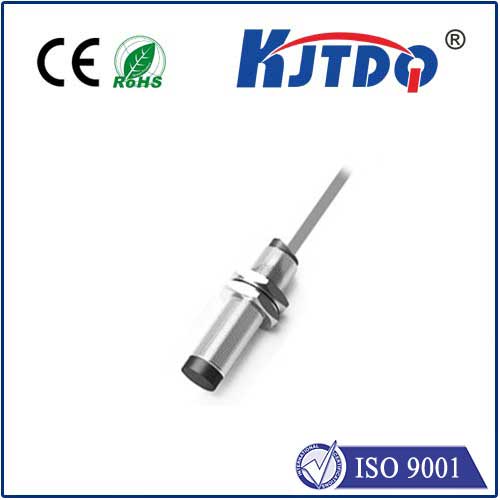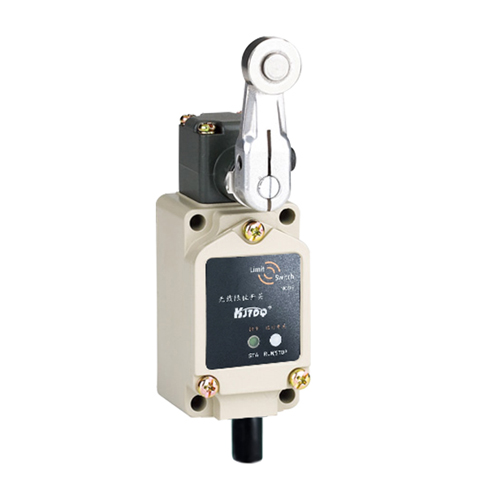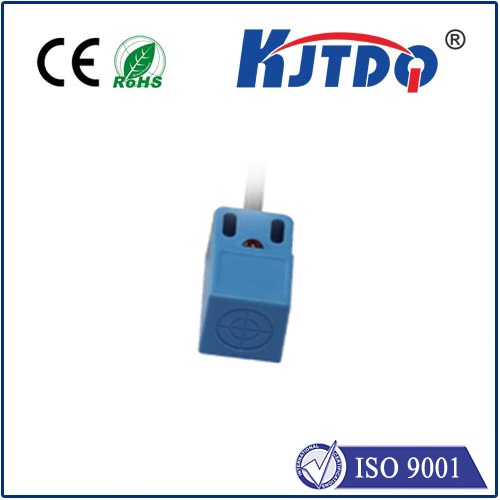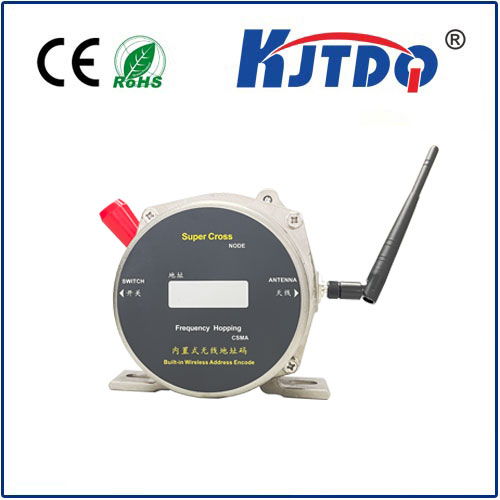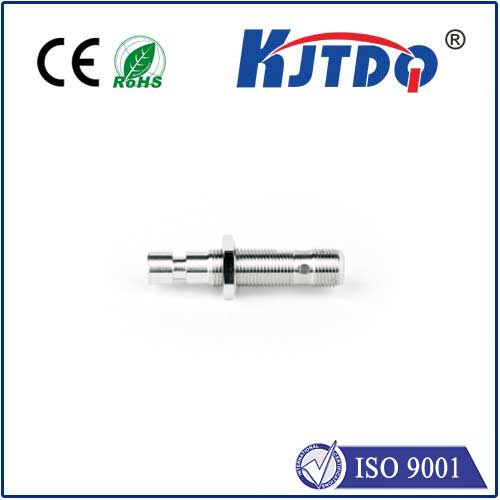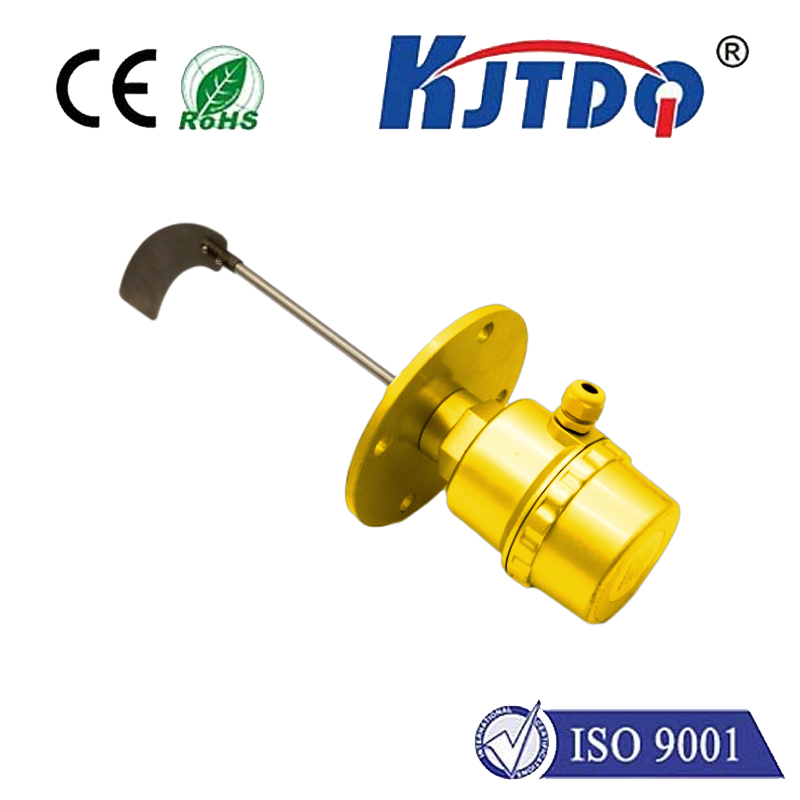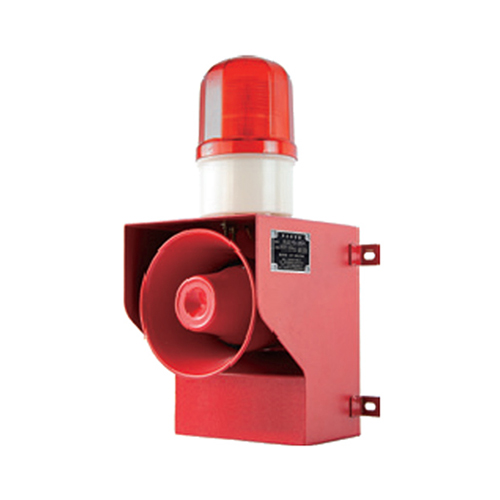
Проверка

Проверка

Проверка

Проверка

Проверка

Проверка
Ever wondered why that one room always feels colder, despite the thermostat seeming fine? Or why moisture mysteriously appears on interior surfaces? Often, the silent culprit lies neglected within the very structure: unseen wall temperatures. Precise measurement at the building envelope is not a luxury; it’s fundamental to energy efficiency, occupant comfort, and structural integrity. Wall temperature sensors provide the critical data needed to bridge operational gaps and optimize performance across residential and industrial settings.
Far more than simple thermometers, wall temperature sensors are specialized instruments designed for surface temperature monitoring and analysis. Unlike air temperature sensors measuring ambient conditions, these devices interact directly with or closely monitor the solid surfaces of walls. Their primary function? Delivering accurate, real-time insights into the thermal state of the building skin – a critical boundary influencing everything inside.

The applications for wall surface temperature sensors are surprisingly diverse and impactful:
Understanding the core technology is key to selecting the right sensor. Two primary methodologies dominate wall temperature measurement:
Choosing the optimal wall temperature sensor demands careful evaluation:
Simply installing a wall-mounted temperature sensor isn’t the finish line. Strategic placement is crucial: locate sensors away from direct sunlight, drafts, heat sources (radiators, pipes), and in representative problem areas. Consistent data logging and analysis – either locally or integrated into a BMS – transforms raw readings into actionable intelligence, revealing trends and facilitating data-driven decision making. Implementing scheduled calibration intervals (annually or bi-annually) ensures measurements remain trustworthy over time. Comparing wall surface temperature data with ambient air temperature provides deeper context, especially for diagnosing condensation risk.
The unassuming wall temperature sensor is a cornerstone of intelligent facility management. By delivering accurate insights into the thermal performance of the building envelope, these devices empower proactive control over energy consumption, enhance occupant comfort and health by mitigating mold risk, protect structural integrity, and provide invaluable diagnostic data. Investing in the right surface temperature monitoring solution, integrating it effectively, and maintaining it diligently translates directly into tangible operational benefits and long-term cost savings. Understanding how wall temperature sensors work and their diverse applications is fundamental to unlocking a truly optimized and efficient built environment.
